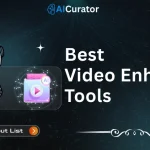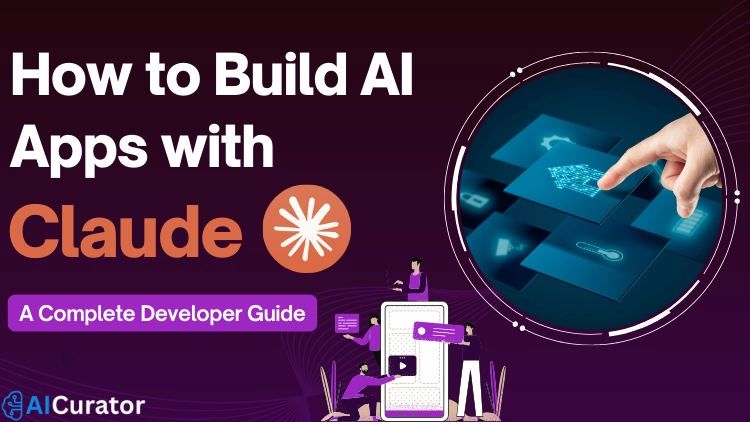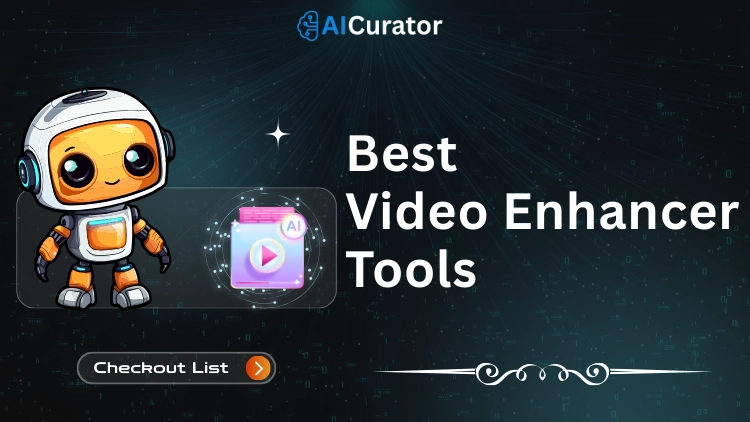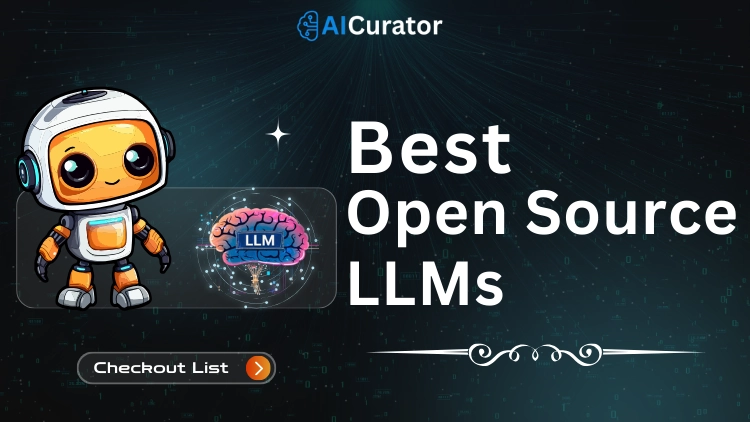What if you could build professional AI applications simply by having a conversation? Claude AI has made this reality for millions of developers worldwide. Gone are the days of wrestling with complex code libraries or spending months learning new frameworks.
With Claude's intuitive development environment, you can create everything from interactive games to business automation tools using plain English instructions. This isn't just another coding tutorial—it's your gateway to joining the fastest-growing community of AI app creators.
Ready to Build AI Apps with Claude and turn your ideas into working prototypes faster than you thought possible? Let's get started
Key Takeaways
Understanding Claude's App Development Ecosystem
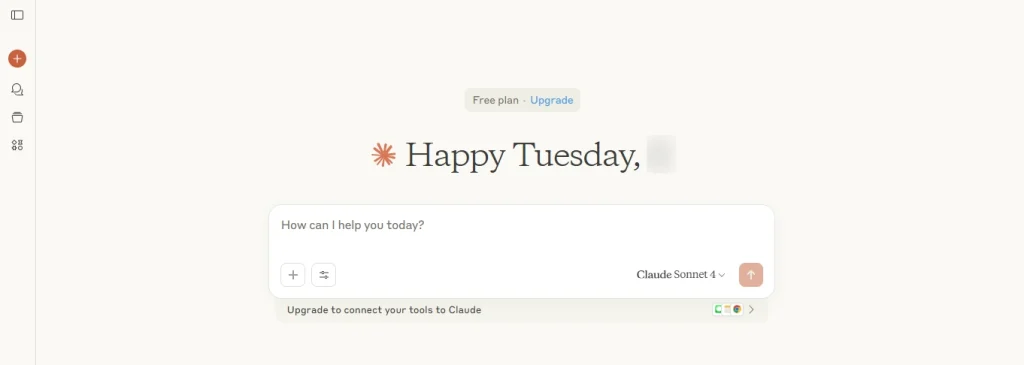
Claude's app development capabilities have evolved significantly in 2025. The platform now offers multiple pathways for creating AI-powered applications, each suited to different skill levels and project requirements.
Claude Artifacts: The No-Code Revolution
Claude Artifacts represents the most accessible entry point for app development. This feature transforms anyone into an app creator through simple conversation. The system has generated over half a billion artifacts since launch, demonstrating its popularity among developers and non-technical users alike.
Key benefits include:
API-Driven Development

For developers requiring more control, Claude's API offers enterprise-grade capabilities. The platform handles 45% of its 25 billion monthly API calls from enterprise environments, showcasing its reliability for production applications.
Technical specifications:
How to Build AI Apps with Claude: A Step-by-Step Plan
Step 1: Setting Up Your Development Environment
For Artifacts-Based Development:
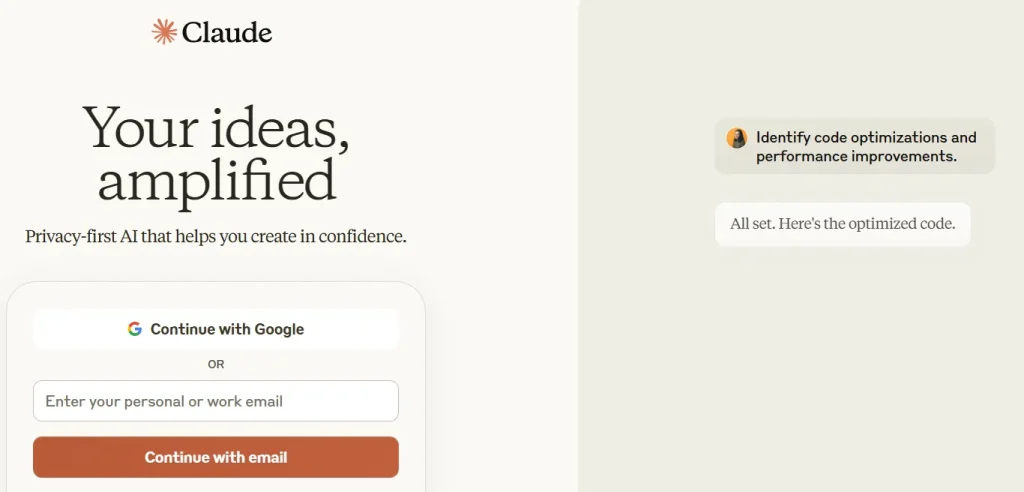
- Navigate to claude.ai and create your account
- Access the Artifacts space from the sidebar

- Enable interactive capabilities in your settings
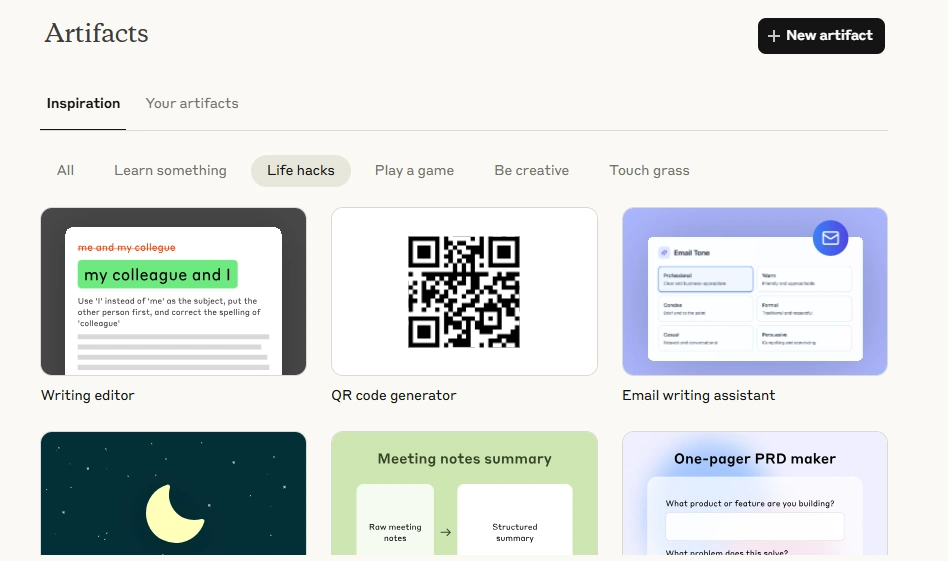
- Browse curated artifacts for inspiration
For API Development:
- Visit console.anthropic.com
- Generate your API key from the dashboard
- Set up your preferred development environment
- Install the Claude SDK for your chosen language
Step 2: Planning Your Application Architecture
Before coding, define your app's core functionality. Successful Claude applications typically fall into these categories:
Step 3: Creating Your First App with Artifacts
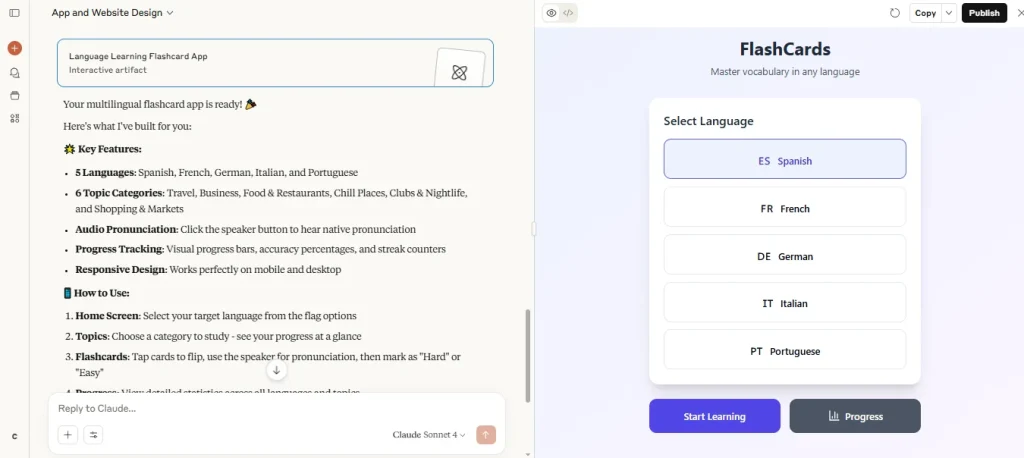
Start with a simple concept and expand gradually. Here's a practical example:
Prompt: “Create a language learning flashcard app that generates custom vocabulary sets based on user-selected topics”
Claude will generate:
The resulting app includes:
Step 4: Implementing Advanced Features
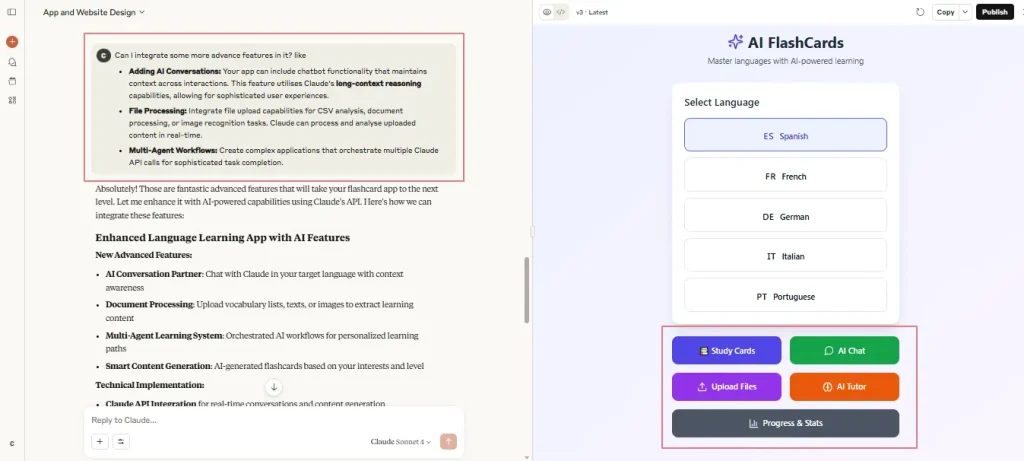
Step 5: Testing and Optimization
Performance Testing:
User Experience Optimization:
Step 6: Deployment and Sharing
Artifacts Deployment:
Apps created through Artifacts deploy automatically. Share your creation through the generated link, with users authenticating through their Claude accounts.
Custom Hosting:
For API-based apps:
- Export your generated code
- Deploy to platforms like Vercel, Netlify, or traditional hosting
- Configure environment variables for API keys
- Set up monitoring for production usage
Advanced Claude App Development Techniques
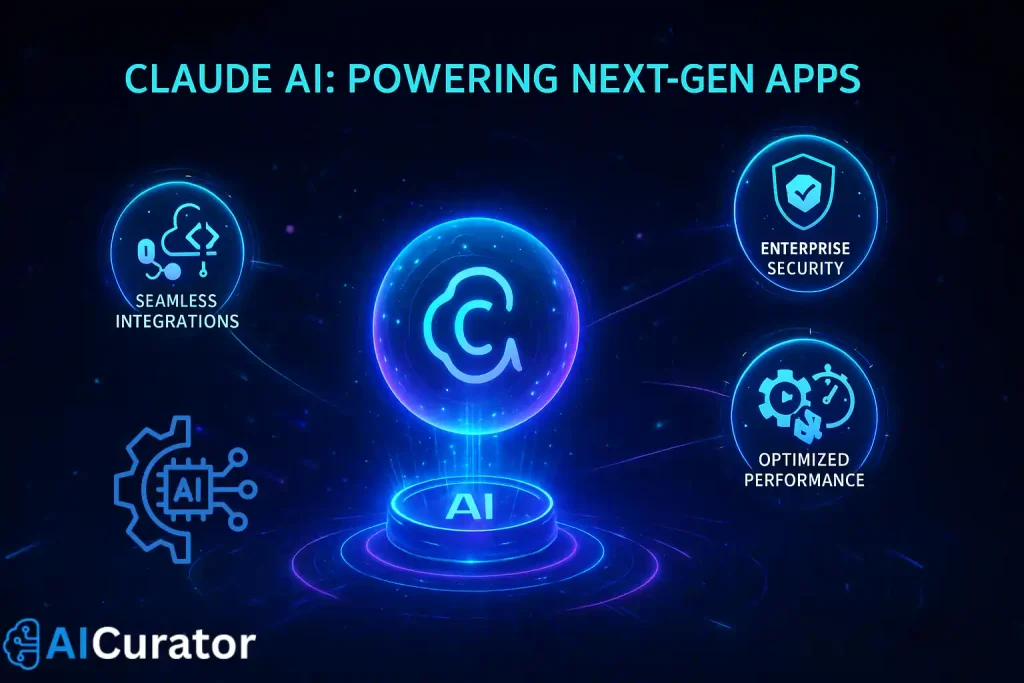
Integrating External Services
Although Claude Artifacts limits external API calls, you can build hybrid apps by combining its AI processing with external systems. For example, connect to databases post-generation or integrate third-party services through webhooks to extend functionality.
Enterprise-Grade Applications
Security is crucial for enterprise apps. Use proper authentication, store sensitive data in environment variables, and follow Claude’s commercial guidelines. For scaling, monitor API usage, cache frequently accessed data, and use batch processing for large datasets to reduce costs and improve efficiency.
Performance Optimization
To manage costs with Claude’s $3 per million token pricing, condense prompts, cache requests, and select suitable model variants for each task. For better response quality, write clear instructions, include examples, and test with edge cases to ensure accuracy and reliability.
Troubleshooting Common Development Challenges
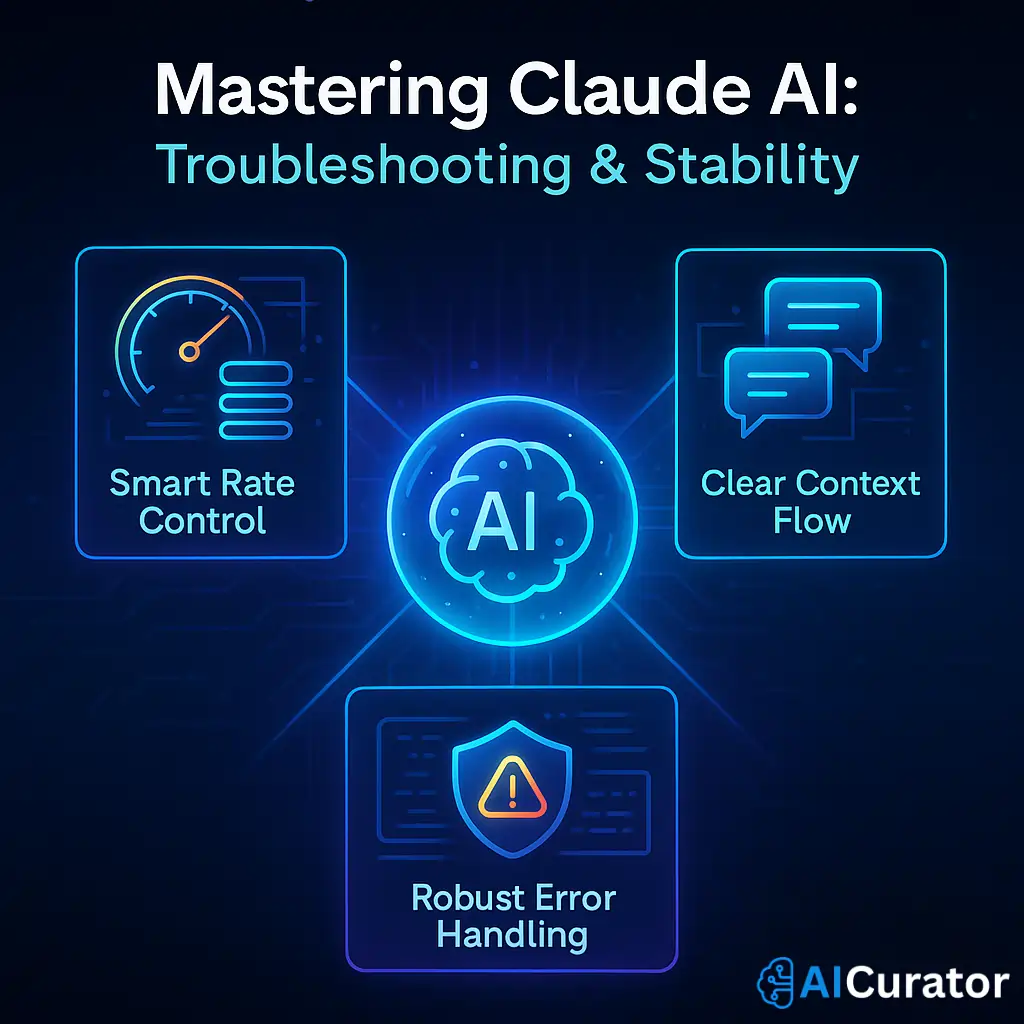
API Rate Limiting
Context Management
Error Handling
Recommended Readings:
Final Thoughts
Building AI applications with Claude opens doors to endless possibilities. You now have the roadmap to create everything from simple interactive tools to complex enterprise solutions. The techniques covered here have helped thousands of developers launch successful AI projects.
Remember, every expert was once a beginner who took the first step. Your journey into AI app development starts today. Pick one method from this guide and begin building your first Claude-powered application. The AI app market is waiting for your unique contribution.



